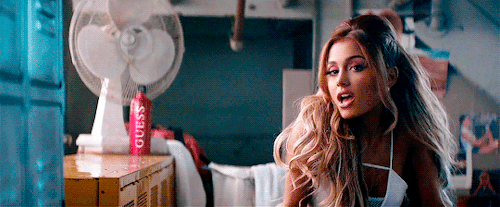×
×
webinar
Free Webinar Series
Exclusive, biweekly video events. How to use HOLLYFY to meet your objectives.
Product placement is a form of advertising in which branded goods, locations or services are featured in an entertainment production that targets a large audience. Also known as “brand integration”, “branded entertainment“, “embedded marketing” or “embedded advertising,” product placements are typically found in movies, television shows, music videos, video games, influencer videos/posts, radio, and—less commonly—live performances. In exchange for product placement, companies may pay a production company or studio in cash, goods, or services.

Product placements are presented in a way that will generate positive perception towards the advertised brand and can be implemented, mentioned, or discussed throughout the program. They are not explicit advertisements. Product placement is effective because it enables the audience to develop a stronger connection with the brand in a more natural way, rather than being directly marketed to. When a brand appears in a movie, TV show, music video or other entertainment content, it is most likely because an advertiser paid for that privilege. Some people believe that such advertising is inherently dishonest and deceptive to easily-influenced children.
Product placement is effective because it enables the audience to develop a stronger connection with the brand in a more natural way, compared to interruptive advertising.
Advertisers and producers have become more sophisticated in how they execute product placements. For example, a product’s appearance may be relatively overt or seamless, such as if the same manufacturer made every car, shoe, or beverage featured in a show or movie. Another subtle tactic is to avoid showing a label or logo but featuring a product’s distinctive color or packaging, such as a curvy glass Coca-Cola bottle.
Product placement creates explicit and implicit advertising effects. For example, viewers of product placement are more able to name a brand after seeing it used in the content. It can also create and cultivate different attitudes toward brands, as well as spur purchase intention. Brands placed with attractive characters or settings tend to appeal to people more.
Ultimately, product placements help to elevate brand awareness with an attentive audience directly inside the storyline of the content creation. This often provides a marketing multiplier amplifying advertising initiatives.
Today’s consumer is inundated with advertising everywhere: television, radio, billboards, magazines, buses, newspapers, the Internet…to name a few. The result is a mass proliferation of ad blindness and banner blindness (the ability to ignore ads). A gap has formed in the efficacy of traditional advertising. Filling that gap is a more sophisticated use of product placements. A recent trend is to sell advertisers the storyline (aka storyline integration).
Digital editing technology has also been utilized to introduce or change product placements in post-production, sometimes going back to change items used in syndicated shows long after they were produced. When advertisers object to their brands being featured in productions, producers may engage in “product displacement,” where they remove logos digitally. Another option, known as “greeking,” sees recognizable labels changed or taped over.
As brand marketing and entertainment converge, a mutually advantageous strategy emerges which provides a myriad of benefits to all parties. Read more about the future of advertising here.
For more information on best product placement and branded entertainment tap the links below:
Represent your brand or content creation with: target audience and desired partners.
Make offers, send messages, start projects, shortlist favorites and complete transactions.
After content creators and advertisers complete a project watch the engagement skyrocket.